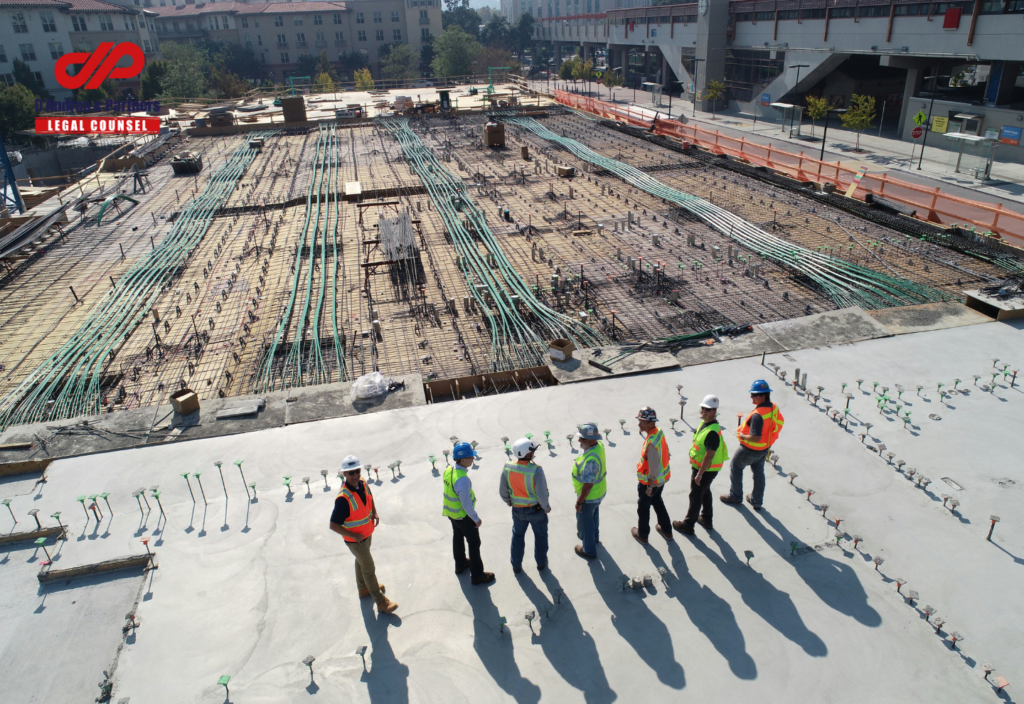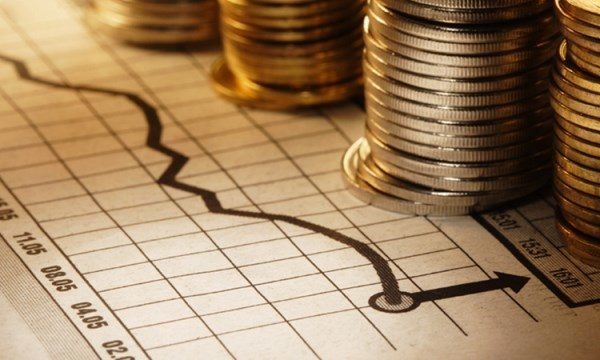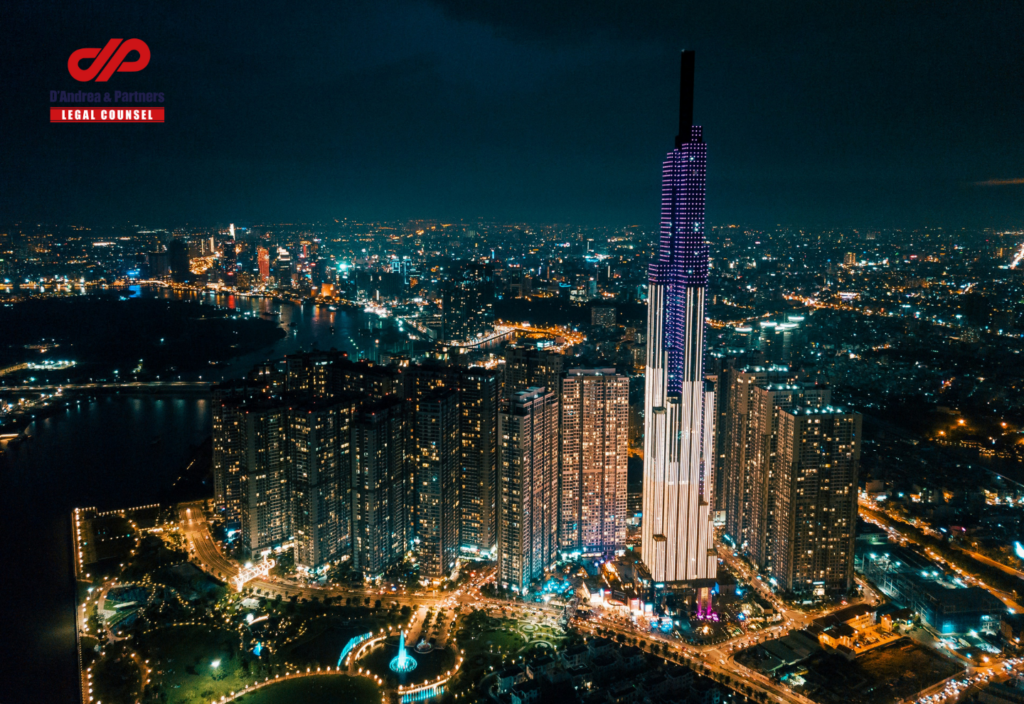Vietnam has been evaluated as a business-friendly environment among the ASEAN community and the world, thanks to its significant GDP growth, stable society and the effort of its government to become a trustworthy partner. Foreign Direct Investment (FDI) in this country is considered remarkable despite its modest size. In this article, we would like to provide an overview of Vietnamese foreign investment, as well as the advantages and disadvantages of doing business in the country, in order to help investors to see the big picture of this potential market.
According to a report of Foreign Investment Agency (Ministry of Planning and Investment), the total amount of new registered and increased capital, purchase shares of foreign investors reached 20.33 billion USD in the first semester of 2018, 5.7% more than the corresponding period of the preceding year. In the first 6 months, there were 87 countries and territories with investment projects in Vietnam. The first rank in the board belongs to Japan with about 6.47 billion USD (31.8% of total investment), followed by Korea with 5.06 billion USD. Among countries in the European Union, The Netherlands is the biggest investor in Vietnam, followed by France, Luxembourg and Germany respectively. According to EuroCharm, more than 50% of the members of this association intend to raise their capital investment in Vietnam, while 36% wished to keep their investment at the current amount.
Thus far, foreign investments have been present in all cities and provinces. Ho Chi Minh City is still the favorite environment for investors, which attracts 13.7% of total FDI, followed by Hanoi and Binh Duong with 9.9% and 9.3% respectively. However, exclusively based on the first 6 months of 2018, Hanoi is the most attractive with 5.87 billion USD.
On Workshop: “Recommendations on Vietnam’s Next-Generation FDI Strategy and Vision for 2020-2030”, the Ministry of Planning and Investment’s representatives emphasizes Vietnam’s remarkable achievements in FDI attraction in 10 years. The workshop has also provided international statistics which has highly praised Vietnam’s prospects for future development. However, it has also been pointed out that the strengths of Vietnam’s business environment are low labor/production cost, and incentive policies (such as favorable tax) which are not sufficient for long term development, not to mention the country’s lack of a highly-skilled work force and a qualified local supply chain.
The workshop report has also suggested some solutions for the Vietnamese government to improve, not only the amount but also the quality of FDI in Vietnam. Accordingly, Vietnam needs to implement breakthrough reforms in order to compete for higher quality FDI flow. The published draft includes main policy, such as: the development and enforcement of a national plan on training high-skilled employees; a shift from passive promotion to active promotion in some priority sectors; review and revise investment policies; open a number of important services in order to boost competitiveness and growth for foreign investment, among others. As its intention is to resolve the lack of well-educated employees, the government maintains 20% of the national budget – equal to 5% GDP for investment into education.
Understanding the strengths and weaknesses of a market is key for success. For those who plan, or merely intend to invest in Vietnam, here are some of the detailed advantages and challenges of investing in this developing country.
The first noticeable advantages are the fast and stable economic growth. Governments, economists and investors are optimistic about Vietnam’s economy, whose GDP is always highly praised in the region. The GDP of Vietnam in 2018 is expected to grow faster than expected and reach 7%.
In recent years, the Vietnamese government has promulgated and enforced different policies with the purpose of creating an open market such as tax incentive policies, including the exemption, reduction of land rent and levies, preferential rates and tax exemptions under certain circumstances and entry-barriers’ removal plan. The country is showing its effort by adhering to membership of important international organizations, including WTO and ASEAN, and a partner to many Free Trade Agreements. Recently, Vietnam and the European Union (EU) have finished the legal review process for their Free Trade Agreement (FTA) and expect to finalize it soon. Vietnam also has some major sectors in focus, which are: manufacturing, services, agriculture, and travel. Administrative procedures, which are usually deemed complicated and time-consuming, are simplified by allowing people to register online, in order to reduce waiting time.
Moreover, Vietnam has a young, cheap and abundant labor force, compared to its neighbours. The average age of the country is 31, with 69,3% of the population ranging between the ages of 15 to 64 years old[1], which is an impressive and promising number for employers. According to the General Statistic Office of Vietnam, the average salary of Vietnamese employees in 2017 is around 280 USD per month. Based on statistics from VietnamWorks, one of the biggest job-search websites in Vietnam, in Hanoi and Ho Chi Minh city, the average salary is approximately USD 405 and USD 450 per month, respectively.
Despite its expected bright future, Vietnam’s market must also cope with many challenges. First of all, administrative procedures (even after being improved by the authorities) are still unnecessarily complicated. Underestimating these proceedings could lead to behind-schedule work, money & time wasting, opportunity loss, etc. Therefore, it is strongly recommended to ask for professional consultancy in carrying out administrative activities.
Secondly, the quality of the Vietnam labor-force as well as the local infrastructure may not reach international standards. A skilled labor shortage is supposedly the result of a grave mismatch between economic development, society and education. Investors may also need to spend a significant amount of capital in infrastructure improvement. In 2018, Vietnam is receiving optimistic signals in the infrastructure investment field, with million-dollar projects. For example, T&T Group and Bouygues S.A. signed a a contract worth 250 million Euro to re-build Hang Day Stadium, for an investment opportunity in SEAGAME 31st , which will take place in Vietnam in 2021.
Last but not least, business may also develop slower than expected due to cultural differences. These differences are also noticeable obstacles especially in some restricted fields, where foreign enterprises have to co-operate with local partners, including logistics, real estate and education. However, this seems to be an inevitable challenge for all enterprises intending to invest internationally, however businesses will grow once investors, after having regulated their cooperation with a proper contract, find the rhythm with their local employees and partners
The information above are some general statistics and summary of the Vietnamese foreign investment environment. Hopefully, this can help readers and future investors to see the attractiveness of this potential developing market.
[1] Report of https://danso.org/viet-nam/#thap







